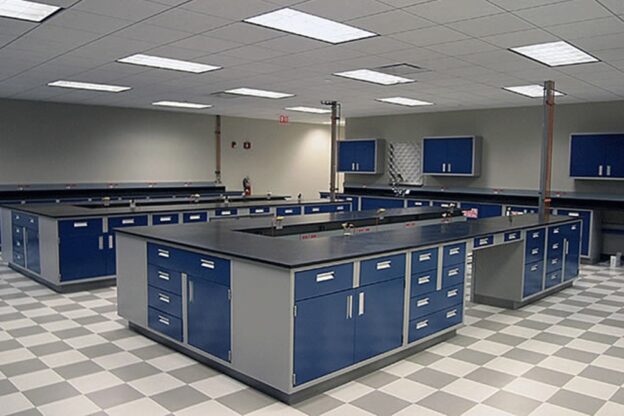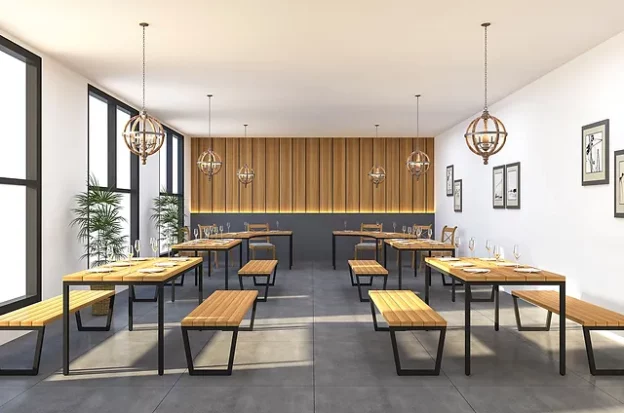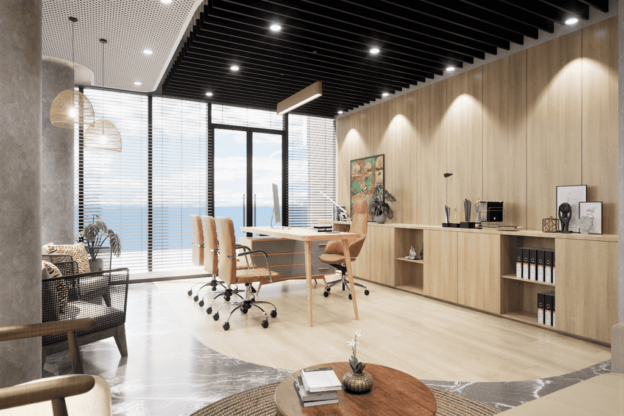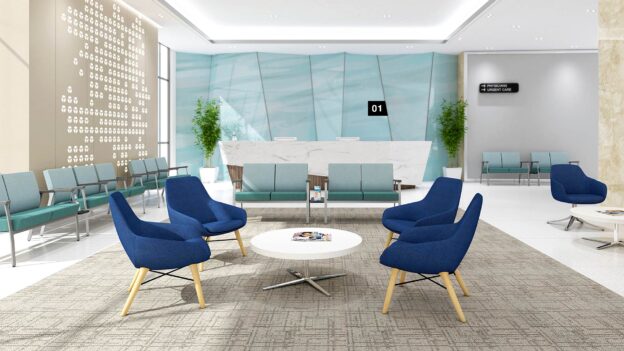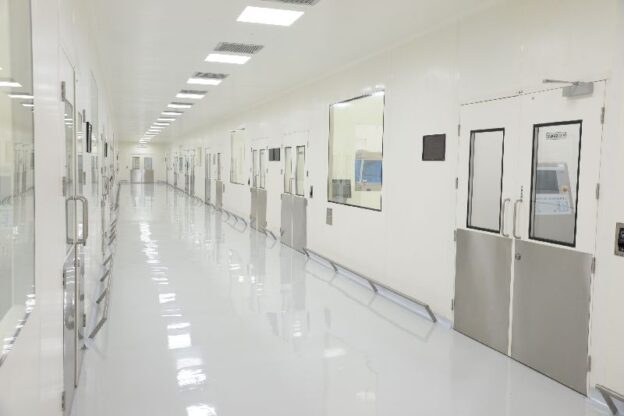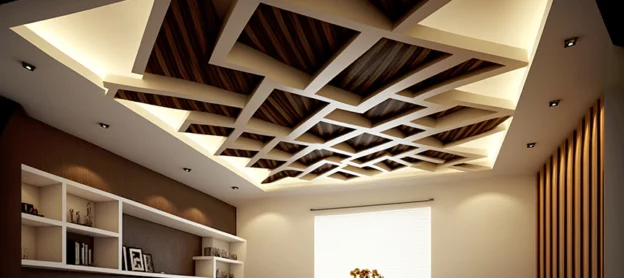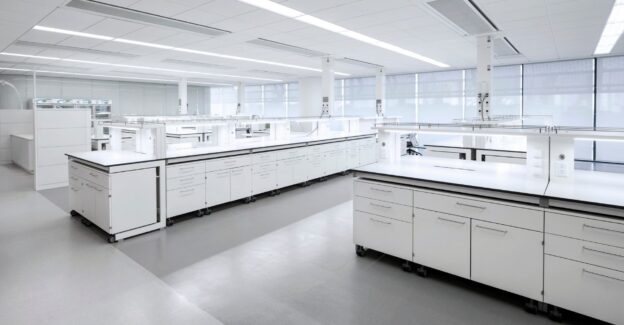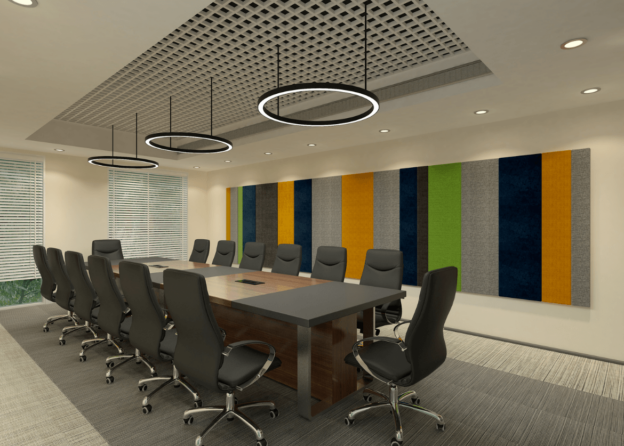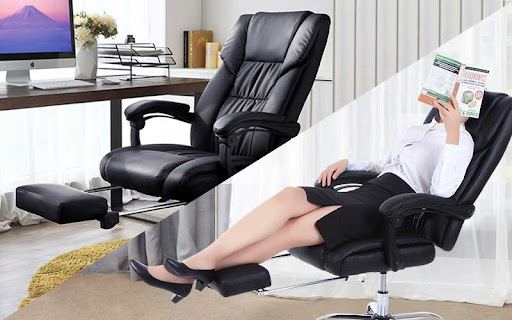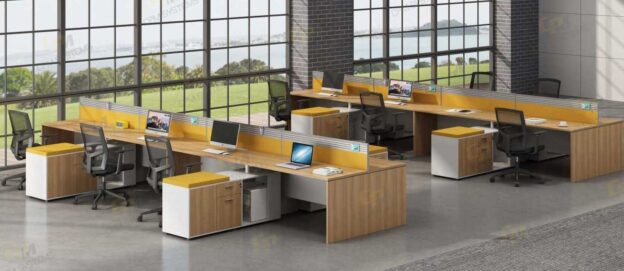Laboratories are the epicenters of innovation and discovery, where scientists push the boundaries of knowledge and explore the unknown. Within these dynamic environments, the design of lab furniture plays a crucial role in supporting research endeavors, maximizing efficiency, and ensuring safety. As technology advances and research methodologies evolve, lab furniture is undergoing a revolution, with innovative designs and features that enhance scientific workspaces like never before. Join us as we delve into the latest innovations in lab furniture and discover how they are transforming scientific environments to empower researchers and drive progress.
1. Flexible Configurations for Dynamic Research:
Traditional lab furniture often limited researchers to predefined layouts and fixed workstations. However, innovative designs now offer flexibility and adaptability to accommodate the diverse needs of modern research. Modular lab furniture systems allow for easy reconfiguration of lab spaces, enabling researchers to customize their workspace according to specific experiments or workflows. From adjustable shelving units to mobile workstations, flexible configurations empower scientists to optimize their environment for maximum productivity and efficiency.
2. Ergonomic Solutions for Enhanced Comfort and Safety:
The demanding nature of laboratory work requires furniture that prioritizes both comfort and safety. Ergonomic lab furniture designs now incorporate adjustable features, such as height-adjustable workbenches and ergonomic seating options, to support researchers during long hours of experimentation. Additionally, safety considerations are integrated into furniture designs, with features such as chemical-resistant surfaces, spill containment systems, and ergonomic storage solutions to minimize risks and ensure compliance with safety regulations.
3. Integration of Technology for Seamless Workflow:
In the age of digitalization, lab furniture is embracing technology to streamline workflows and enhance collaboration. Innovative designs incorporate integrated technology solutions, such as built-in power outlets, data ports, and connectivity hubs, directly into lab workstations and benches. This integration facilitates seamless communication and data sharing among researchers, eliminating the need for external devices and optimizing workflow efficiency.
4. Sustainable Materials and Green Initiatives:
As sustainability becomes a central focus across industries, lab furniture manufacturers are adopting eco-friendly practices and materials to minimize environmental impact. Innovative designs now utilize sustainable materials, such as recycled plastics, bamboo, and FSC-certified wood, to reduce carbon footprint and promote conservation efforts. Additionally, green initiatives, such as energy-efficient lighting systems and water-saving features, are incorporated into lab furniture designs to further support environmental sustainability within scientific workspaces.
5. Collaborative Spaces for Enhanced Communication:
Collaboration lies at the heart of scientific discovery, and lab furniture designs are evolving to facilitate communication and teamwork among researchers. Collaborative spaces, such as breakout areas and communal workstations, are integrated into lab environments to encourage interaction and idea exchange. Flexible seating arrangements, writable surfaces, and multimedia displays create dynamic environments where researchers can collaborate seamlessly and brainstorm innovative solutions to complex scientific challenges.
Conclusion:
Innovations in lab furniture are revolutionizing scientific workspaces, empowering researchers to push the boundaries of knowledge and drive progress in their respective fields. From flexible configurations to ergonomic solutions, integration of technology to sustainability initiatives, the latest trends in lab furniture design are enhancing efficiency, safety, and collaboration within laboratories worldwide. By embracing these innovations, scientific institutions can create environments that inspire creativity, foster collaboration, and accelerate the pace of discovery for years to come.
